- 1Share
- 1. Wheat: An Ancient Food For Good Health
- 2. Sorghum, A Gluten Free Grain
- 3. Millets, A Nutrient-Rich Food
- 4. Buckwheat: An Alkalising Health Food
- 5. Barley Is A Great Source Of Fibre.
- 6. Rye, A Wholesome Winter Grain
Whole grain foods have been around since ages. But thanks to all the new age health conscious foodies, healthy whole grains have now been restored to their past glory. The benefits of whole grains are immense.
But before we get to that, let’s first answer the question, “What exactly is a whole grain?”
Grains as we all know, are the edible plant seeds. A whole grain is a kernel in its entire and original form – with all its bran, germ, and endosperm untouched. These healthy whole grains are Ayurvedically recommended satvik foods we all should be eating.
A Whole Grain Foods List And Their Benefits
1. Wheat: An Ancient Food For Good Health
One of the oldest and healthiest of all healthy grain foods is wheat. A versatile grain, wheat is wholesome, nourishing, and filling. It is a rich source of dietary fiber, minerals, and vitamins. Wheat is very good for digestion. Being a good source of Vitamin B, whole wheat boosts energy and strength. Flat bread, cereal flakes, porridge, wheat flour pancakes….you can have it in many delicious forms.
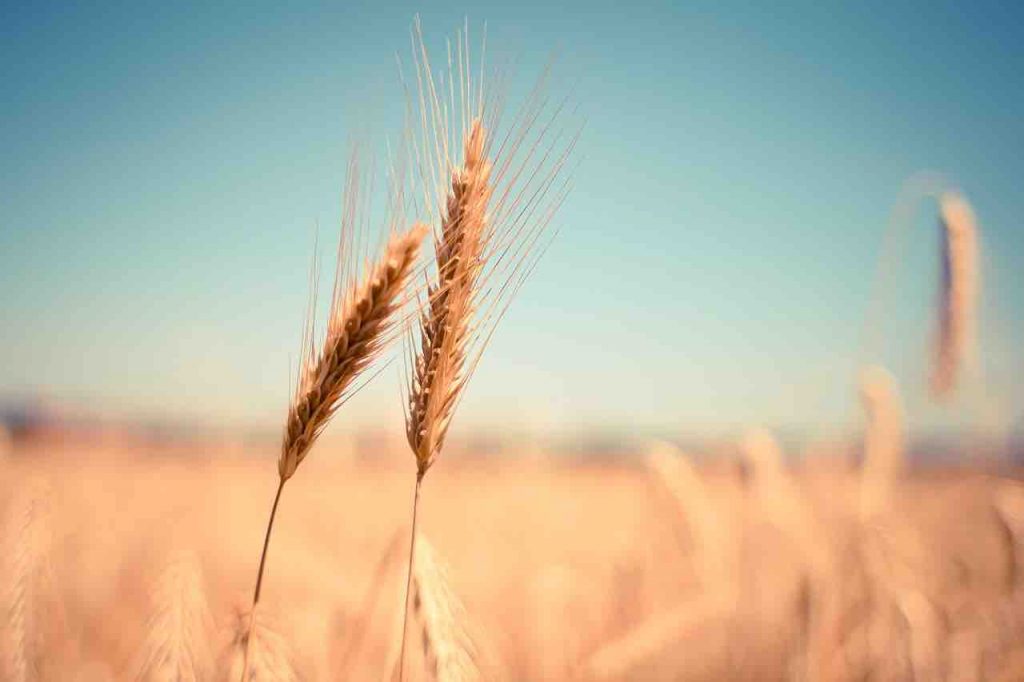
2. Sorghum, A Gluten Free Grain
Sorghum is commonly known as ‘jowar‘ in Ayurveda. It is rich in fibre and protein. It also contains important minerals like iron, copper, potassium, and phosphorous. And it’s gluten free! Sorghum helps reduce a bunch of harmful things: blood sugar, blood pressure, cholesterol, and weight. It’s an excellent food for energy too. Aren’t the benefits of whole grains fantastic?
3. Millets, A Nutrient-Rich Food
Ayurveda considers millets to be dry, light, sweet and heating. They are used to treat dull agni (digestive fire), high ama (toxins), and excess Kapha. In excess, they can increase Vata and Pitta. Millets are rich in iron, phosphorous, magnesium, and potassium. They can help in weight management, diabetes, and for excess mucous production. Raagi is a millet highest in calcium content.
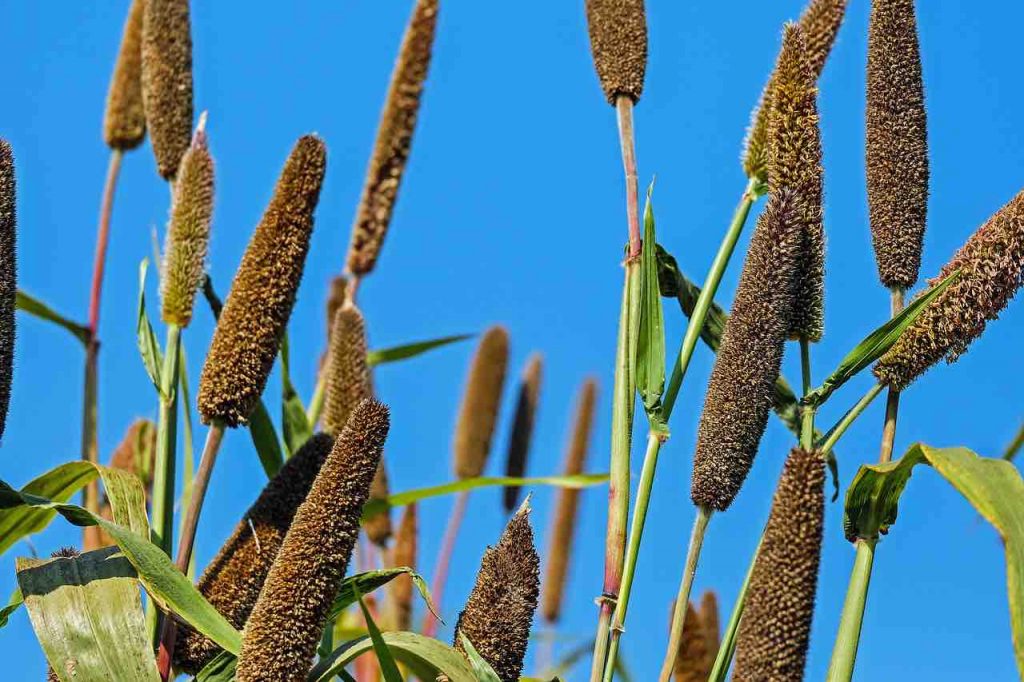
4. Buckwheat: An Alkalising Health Food
Next on the whole grain foods list is buckwheat. Not at all like wheat though, buckwheat is gluten free. It is alkalising in nature, making it a very important food since most people’s diet these days is far too acidic. This grain is high in insoluble fibre, antioxidants, protein, iron and magnesium. It is recommended to those with excess Kapha and dull agni (digestive fire). It is ideal for cleansing diets and fasting.
5. Barley Is A Great Source Of Fibre.
When it comes to fiber, barley tops the whole grain foods list. It is low in soluble carbohydrates and very high in protein. Ayurveda recommends barley water as a refreshing drink for smooth digestion, to flush out excess Kapha, and for those with constipation as it is a laxative. Barley is quite good for the heart – it reduces blood pressure, LDL cholesterol, and thus also the risk of heart diseases.
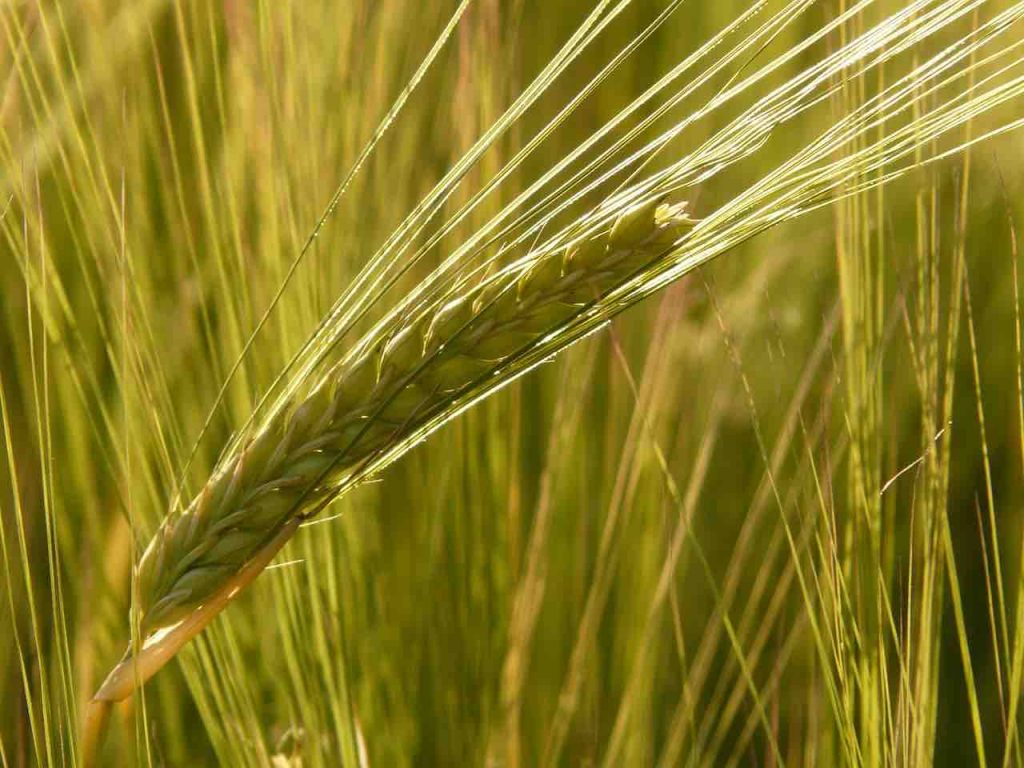
6. Rye, A Wholesome Winter Grain
Rye is similar to wheat and is commonly used to make bread. Also one of the oldest healthy whole grains, it can be found in most parts of the world. It is basically a winter grain. Rye is heavy, hearty, pungent, and mildly bitter. It is very good for digestion, metabolism, and blood pressure. Being rich in antioxidants, it also boosts immunity.
Now if someone asks you what are the benefits of whole grains, tell ’em all you just learned about!
Note: Posts on Ayurvedum are solely for the purpose of sharing the goodness of Ayurveda and bringing awareness about natural and healthy living. Please do not substitute it for professional medical advice. Ingredients discussed can interfere with certain medications. So, before using anything to treat yourself, always consult an Ayurveda doctor or practitioner.

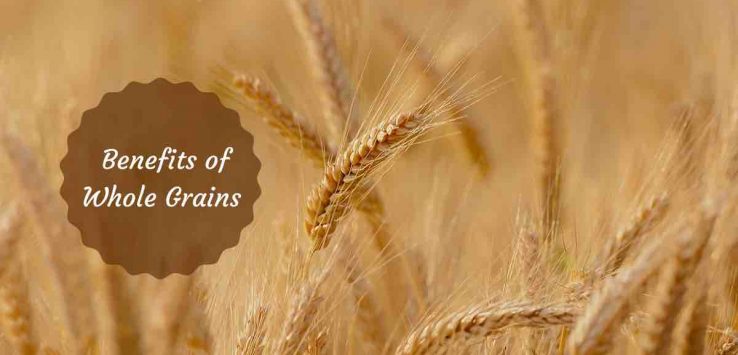


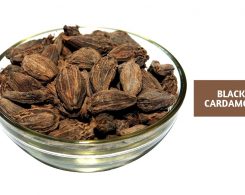

Leave a Reply